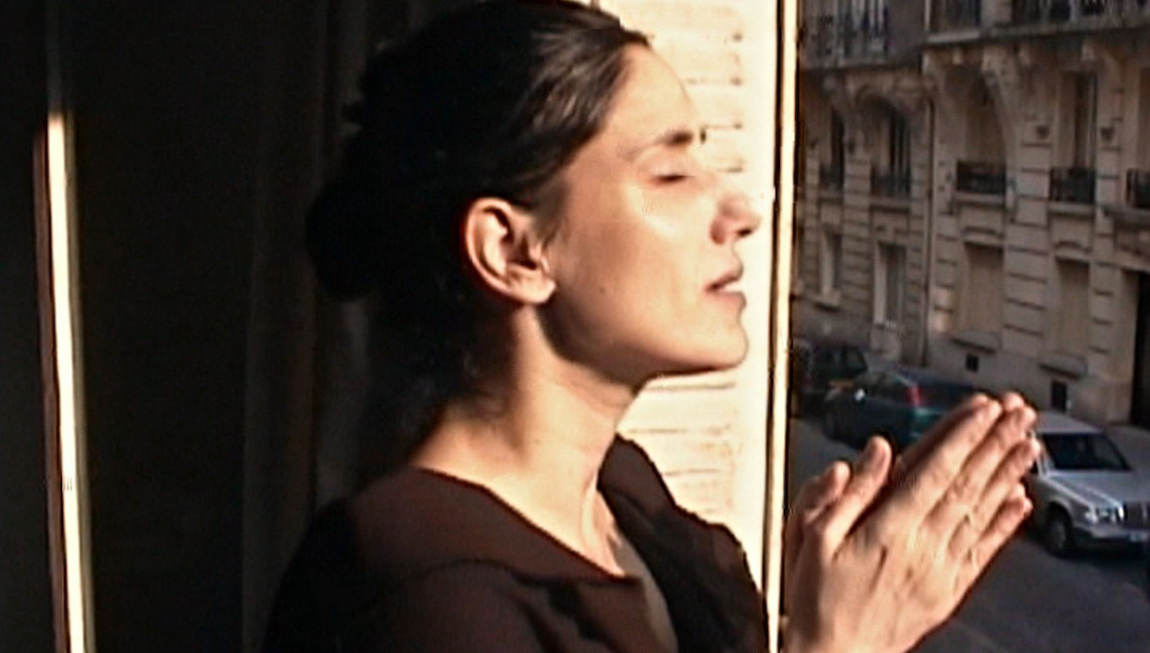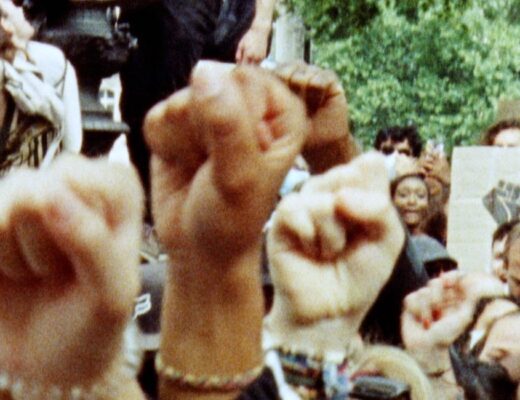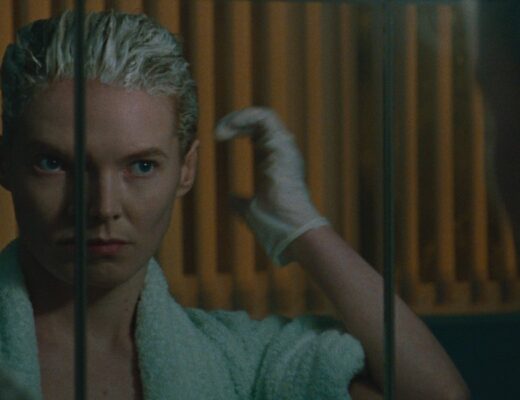Spiritual faith, by virtue of its abstract and elusive qualities, rarely translates well to the visual medium, if indeed it can be translated at all. Depictions of this faith have ranged from the sacred to the sacrilegious, articulated with either austere minimalism or gratuitous violence. Applying the former to his ethnography of Tibetan Buddhism, Jin Huaqing exemplifies a fidelity to the ethics of representing belief systems from an external vantage point, though his austere fidelity may come at the cost of accessibility. Shot over a year, beginning in the winter of 2017, Dark Red Forest documents the spartan and secluded lives of nuns from the Yarchen Gar Monastery as they brave both the harsh elements and an encroaching political intolerance towards their religious practice. Numbering more than ten thousand, the nuns congregate over the Tibetan New Year for sermons and instructions from a guru, having over the preceding winter — during the coldest hundred days of the year, specifically — lived in isolation across the Tibetan Plateau, segregated in wooden huts for meditation and spiritual retreat. Draped in dark red robes, they lend the film its title: a community of practitioners seeking enlightenment and attaining it through months and years of solemn routine.
In training his lens onto this routine, Jin renounces the metaphysical grandiosity favored by certain filmmakers of the sublime such as Carlos Reygadas, whose works are directly invested with a dialectical confrontation between spiritual transcendence and bodily immanence; insofar as Dark Red Forest adopts a curious but dispassionate gaze, it separates viewer and subject, and assumes a respectful, opaque objectivity in portraying the latter’s internal negotiation with principles of higher truth. “There is no real suffering in the world. People only suffer because of their obsessions,” contends one of the nuns, encapsulating their gruelling faith. Considered nonetheless a rare and prized honor, nunhood entails, through its relative proximity to enlightenment, the heavy responsibility of saving all beings from suffering. As believers pray for the forgiveness of sins and the release of souls from the dead, the Buddha’s karmic teachings are followed and life’s apparent moral randomness can be reconciled with.
The film’s most captivating sequences occur at dawn and dusk, when Jin’s camera surveys the forbidding plateau landscape, littered with the huts of nuns deep in retreat. There’s an arresting beauty and profundity in this impressive and expansive silence, which is arguably the strongest emotional connection proffered to the religious outsider. For the most part, Dark Red Forest commits to sociological survey, observing but never interrogating the nuns’ habits, ranging from the metaphysical to the medicinal. This survey also extends to the specter of state repression with a hint of wry irony, where nearby Communist-styled billboards proclaim such propagandist platitudes as the “eternal flourish of unity and amity among the Chinese ethnic groups,” and where the monastery’s instructions to consistently meditate preclude sickness and the intrusion of “government people.” One wishes Jin further developed his film on either political or spiritual lines of inquiry; as it stands, Dark Red Forest rarely integrates the two, preferring an unintrusive presentation of each. And perhaps, at least where spiritual abstraction is concerned, there lies the limit; in a subtly harrowing sequence midway through the film, an act of symbiosis is depicted, and it is up to the viewer to discern and define it.
Published as part of New Directors/New Films 2021 — Dispatch 3.







